Michael Baxandall.
Painting and Experience in 15th Century Italy
A landmark work dedicated to the concept of the "period eye" and the connections between the visual style of the epoch and the social conditions of its development.
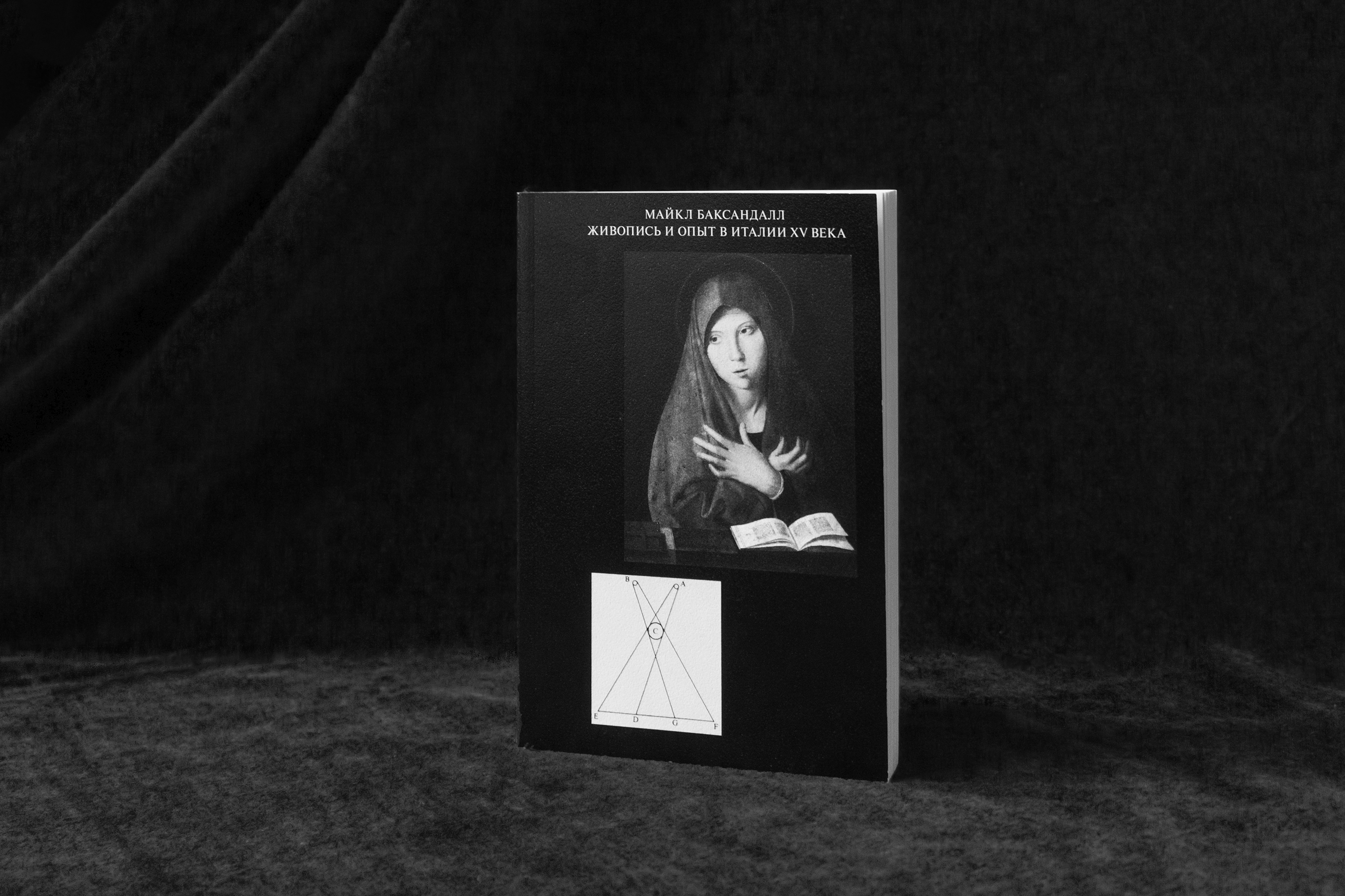
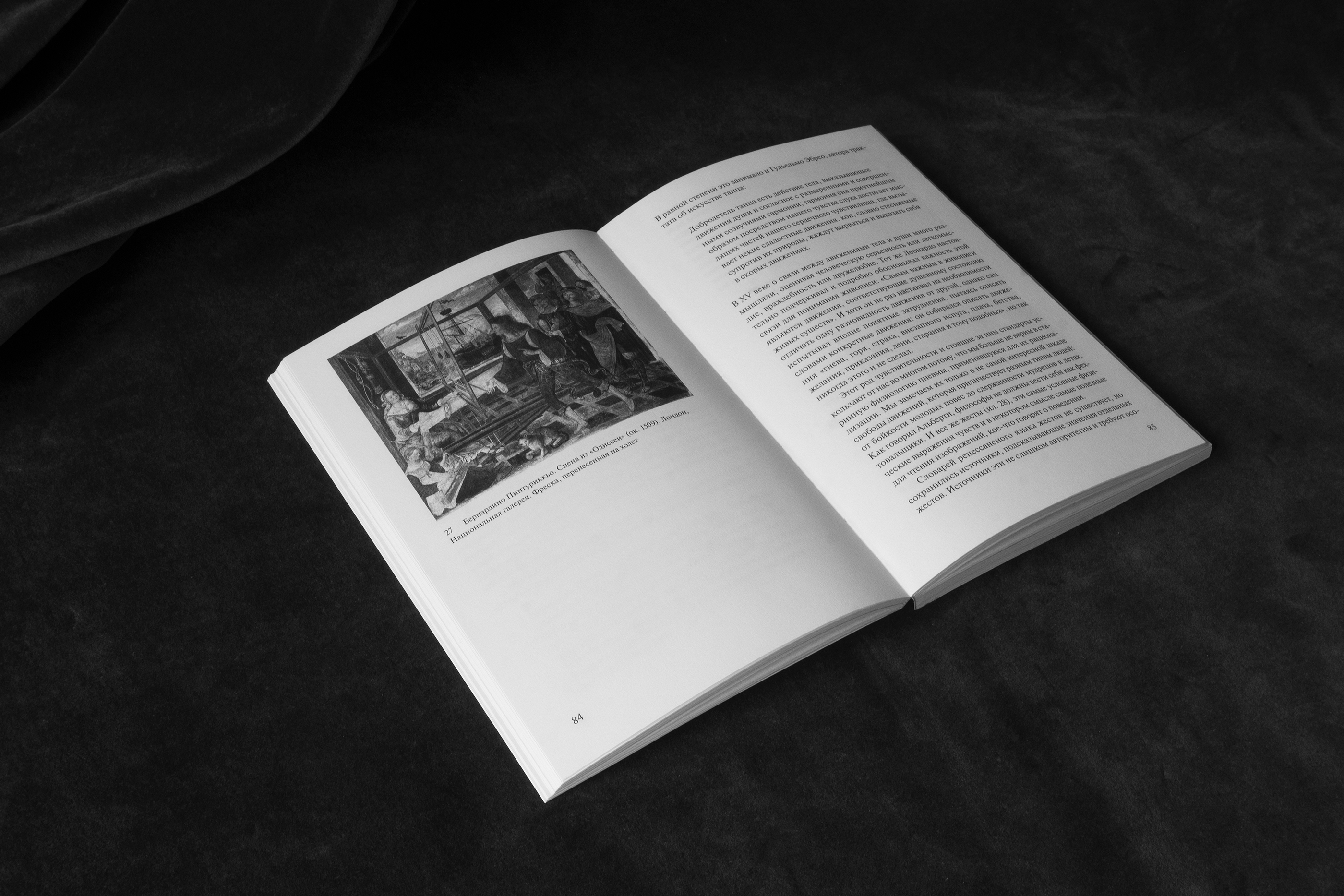
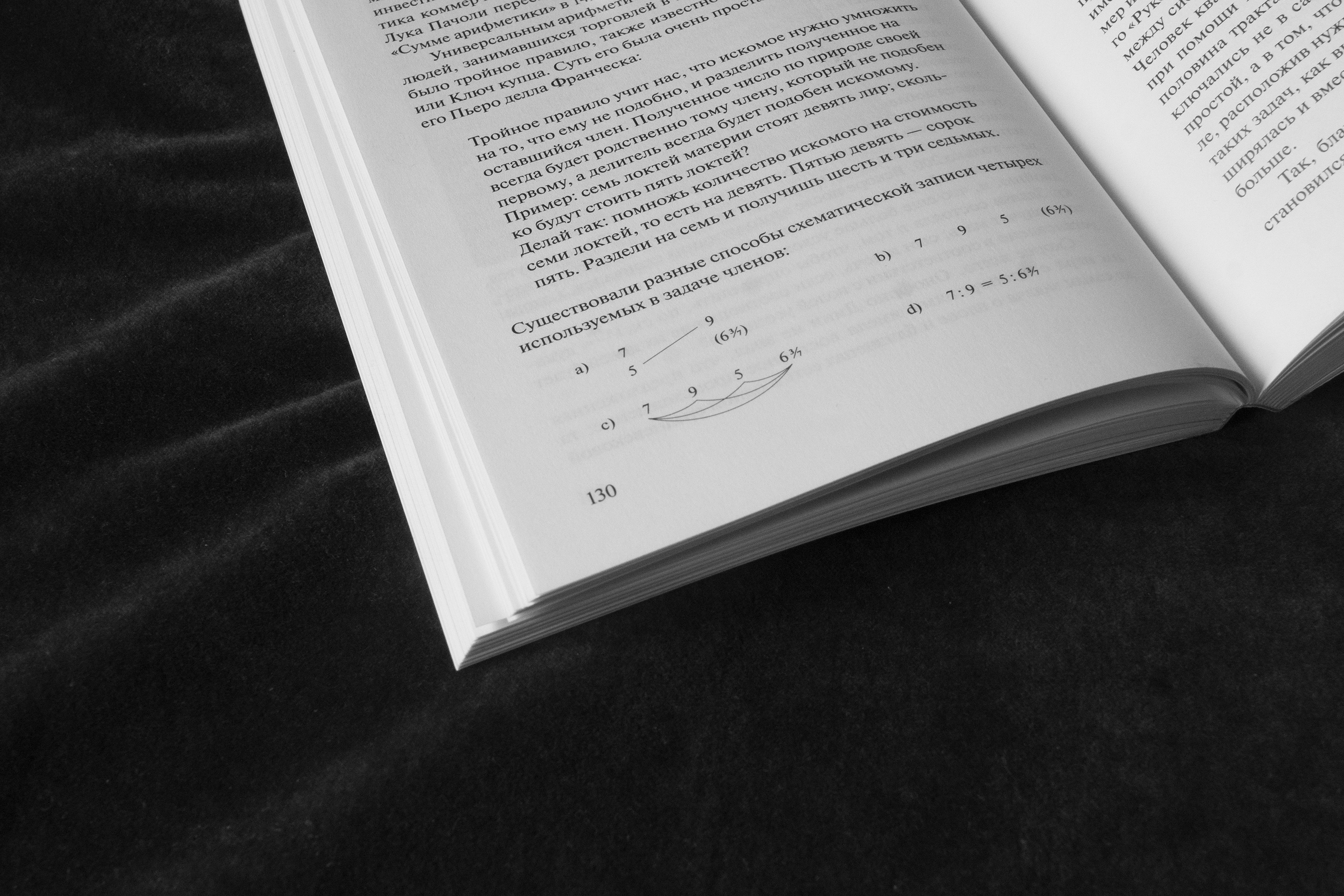
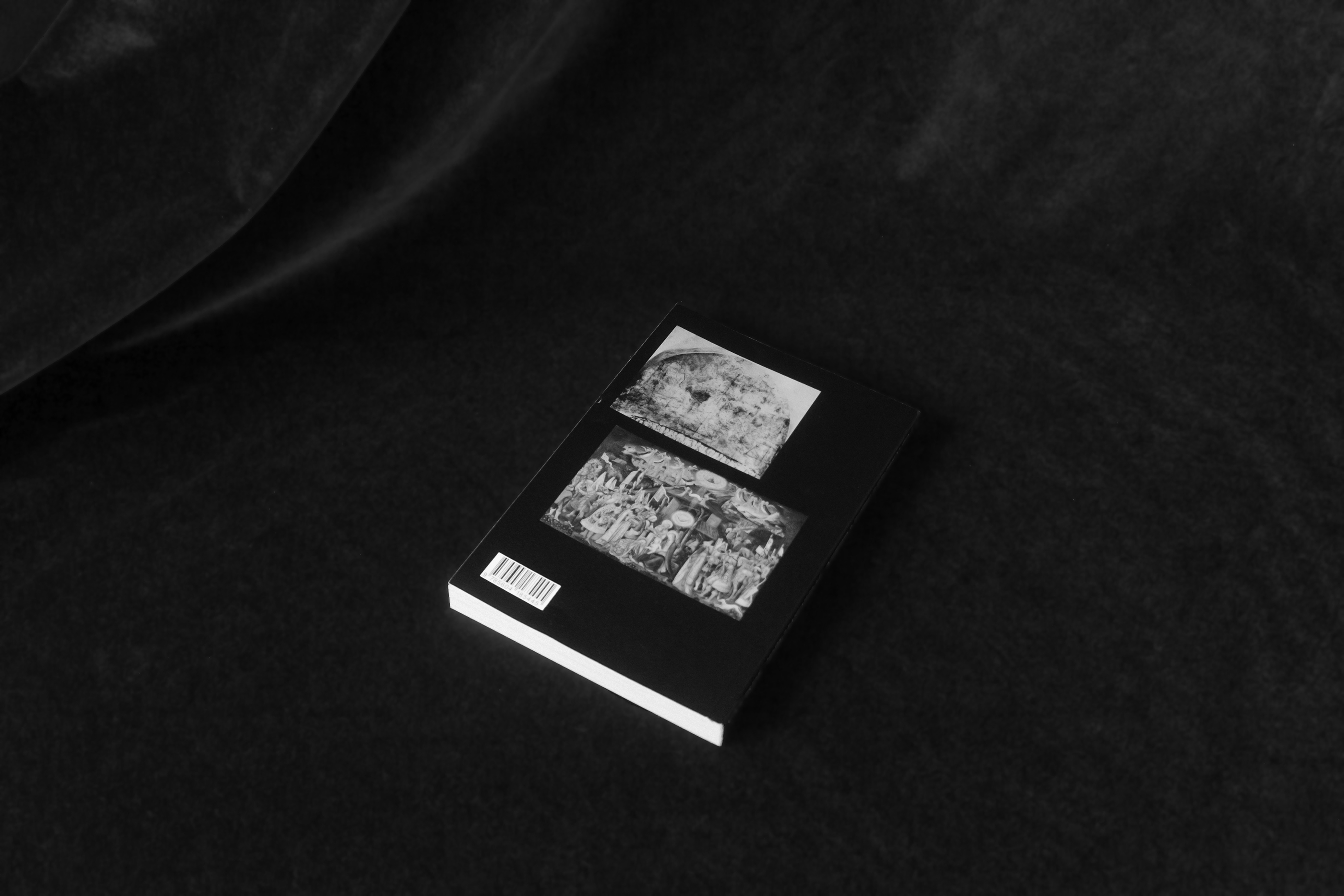
Michael Baxandall was an art historian. In 1951 he went to study Classics at Cambridge but soon moved to the English Literature faculty. He studied Italian language and literature at Pavia and attended the lectures of Hans Sedlmayr in Munchen. From 1958 he went to work in the Warburg Institute where he remained for a quarter of a century. Baxandall made a major contribution to the development of visual culture research.
The British art historian Michael Baxandall wrote “Painting and Experience in 15th Century Italy” in the summer of 1971 believing that he was writing a "textbook for undergraduate historians". However, his book led to a revolution in the humanities, from art history to visual anthropology and sociology.
Baxandall offers a theoretical model for image analysis taking into account the social and historical conditions of their creation. Instead of trying to describe the mentality, worldview, and cultural aspects, he seeks to understand how the everyday experience of the main art patrons and art dealers and the experience of others in the Quattrocento determined the development of painting and culture as a whole.
In the first chapter, the author explores the structure of the art trade in the 15th century based on contracts, letters, and reports, in the second he explains how visual skills from everyday life became crucial for the artist's style, and in the third he describes the basic instruments used by people of the 15th century to view images.
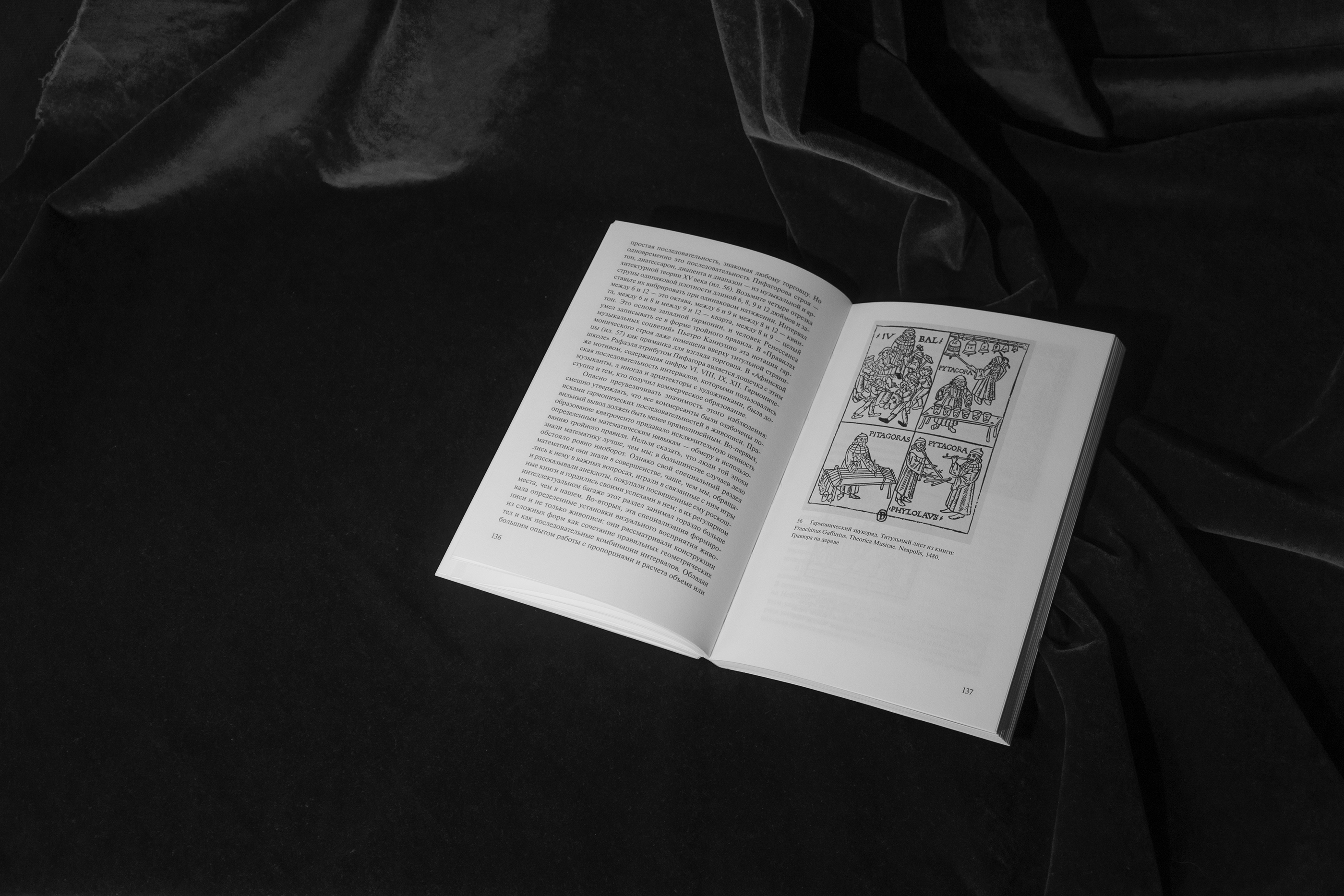
The geometrical concepts of a gauger and the disposition to put them to work, sharpen a man’s visual sense of concrete mass. He will likely to be aware at a higher level of the character of Adam in Masaccio's Expulsion from Paradise as a compound of cylinders, or the figure of Mary in Masaccio's Trinity as a massive truncated cone, and so of the figure itself.
Series editors
Ilya Doronchenkov
Dmitry Potemkin
Translators
Anastasia Forsilova
Natalia Mazur
Editor
Natalia Mazur
Design and layout
Misha Filatov
Dmitry Gusev